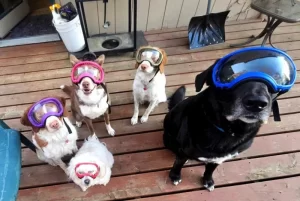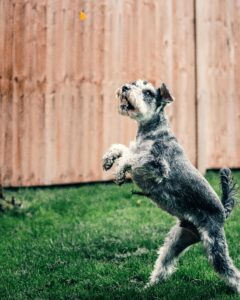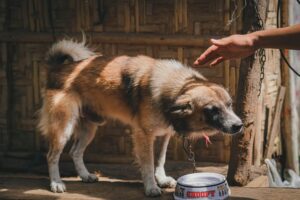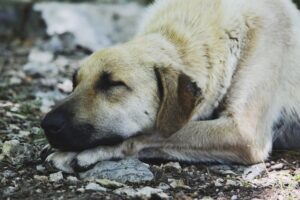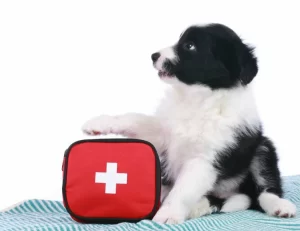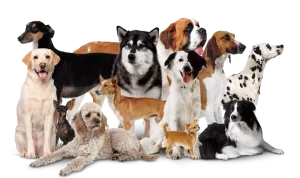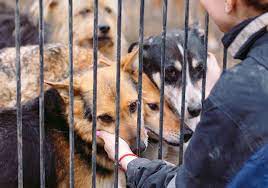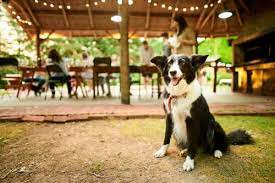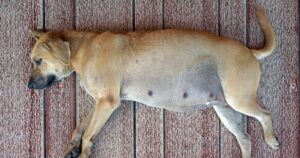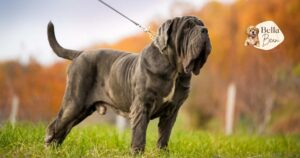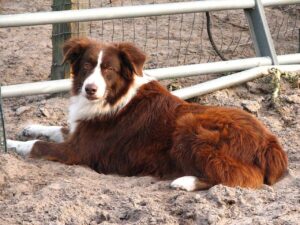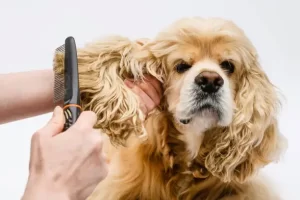
Table of Contents
ToggleSeasonal Dog Grooming Tips for Every Weather Condition
Taking care of your dog’s grooming needs isn’t just about keeping them clean. It’s about ensuring their comfort and health, especially as the seasons change. Weather plays a big role in how their coats, skin, and overall grooming requirements vary throughout the year. Let’s break it down season by season to help you keep your dog looking and feeling their best.

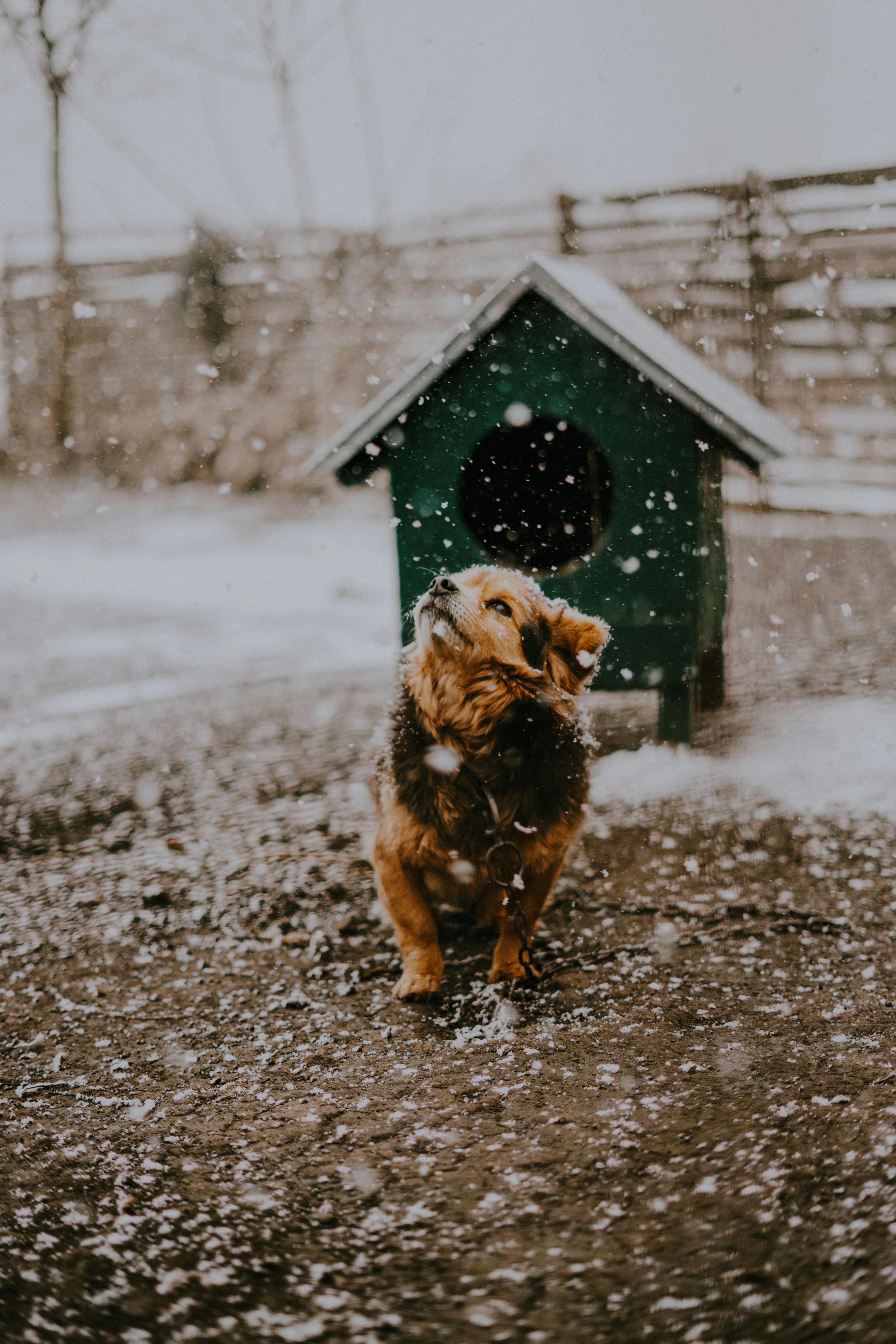
Spring Grooming Tips
Spring is a season of shedding and new growth. As the weather warms, dogs tend to lose their winter coats, making grooming more essential than ever.
Shedding Management
When the coat starts shedding faster than ever, brushing becomes non-negotiable. Use a slicker brush or de-shedding tool to remove loose fur efficiently. Breeds with thick undercoats, like Huskies or Golden Retrievers, benefit from regular brushing sessions to avoid mats. Make it a habit to brush your dog every few days. Not only will this reduce fur around your house, but it also keeps their skin healthy by improving circulation.
Parasite Prevention
Spring means fleas and ticks are back in full force. Regular grooming is your first line of defense. Inspect your dog’s coat as you brush, checking for any signs of parasites. Use a flea comb to catch anything suspicious. Add a vet-approved flea and tick prevention product to their routine, and always clean outdoor gear like leashes and harnesses to avoid bringing critters inside.
Bathing and Cleaning
A muddy spring walk can lead to a very dirty pup. While it’s tempting to bathe them often, too much bathing can strip their skin of essential oils. Stick to bathing every 4-6 weeks unless they’re particularly messy. Use a gentle dog shampoo with natural ingredients to avoid irritation. Between baths, dog-safe wipes can help clean muddy paws or dirt-streaked fur.
Summer Grooming Tips
Summer heat can be tough on dogs, especially those with thick coats. Proper grooming can help them stay cool and comfortable.

Coat Trimming Techniques
For some breeds, a trim can make summer much more manageable. However, avoid shaving dogs with double coats, like German Shepherds or Collies, as their fur provides insulation and protects against sunburn. Instead, focus on thinning their coat with a de-shedding tool. Dogs with long single-layer coats can benefit from shorter cuts, but leave about an inch of fur for protection.
Hydration and Skin Care
Hot weather dries out your dog’s skin just like it does yours. Ensure your dog always has access to fresh water. Adding a skin moisturizer or coconut oil (veterinarian-approved) can keep their skin supple. Always check for signs of dryness, like itching or flaking, and address it early.
Ear and Paw Care
Heat and moisture can create the perfect environment for infections. Check your dog’s ears weekly for redness, odor, or excessive wax. Clean them with a vet-approved ear solution. For their paws, make sure they’re free of cuts or burns caused by hot pavement. After walks, wipe them down to remove debris and apply paw balm to soothe and protect them.
Fall Grooming Tips
Fall brings cooler weather, fallen leaves, and muddy walks. This season is all about preparing your dog for winter.
Dealing with Leaf and Dirt Accumulation
Dogs love rolling in piles of leaves, but those leaves often hide debris, bugs, or allergens. After walks, brush your dog’s coat to remove dirt clumps, twigs, or anything else they might have picked up. A fine-tooth comb can help with smaller particles. Be vigilant about washing your belly or legs if they’ve gotten especially dirty.
Winter Coat Preparation
Your dog’s coat will naturally thicken as the weather cools, but regular grooming helps it grow properly. Continue brushing to remove loose hair and prevent mats. This is particularly important for breeds with fluffy undercoats, like Samoyeds. Skip the trimming during fall unless your vet recommends it, as a full coat will provide essential warmth.
Winter Grooming Tips
Winter weather requires adjustments in your grooming routine. The cold, snow, and salt can be harsh on your dog’s coat and paws.
Bathing Routine Adjustments
Frequent baths in winter can strip away oils that protect your dog’s coat from cold weather. Aim for bathing every 6-8 weeks unless they’re visibly dirty. Use a moisturizing dog shampoo and conditioner to keep their coat soft. After baths, let them dry completely before going outside to avoid catching a chill.
Protection from Cold and Snow
Snow clumps in fur can be uncomfortable and even dangerous. Trim excess hair around the paws and legs to minimize clumping. Apply a leave-in dog conditioner spray to keep their coat smooth and prevent static electricity. Invest in a dog-safe de-icing spray for post-walk cleanups, especially if your dog picks up road salt or snow chemicals.
Paw Protection and Care
Winter can wreak havoc on your dog’s paws. Snow, salt, and ice can crack their pads, causing pain. To protect them, apply paw balm before every walk and consider using dog booties for extra defense. After walks, rinse their paws in lukewarm water to wash away salt residues and pat them dry. Inspect their pads regularly for cracks or signs of irritation.
Conclusion
Seasonal changes bring new challenges to your dog’s grooming routine. By tailoring your approach to the weather, you can ensure their comfort and health year-round. Whether it’s brushing in spring, trimming in summer, or protecting paws in winter, consistent care goes a long way. Remember, grooming isn’t just about appearances—it’s about your dog’s well-being. Make grooming a priority, and your furry friend will thank you for it!

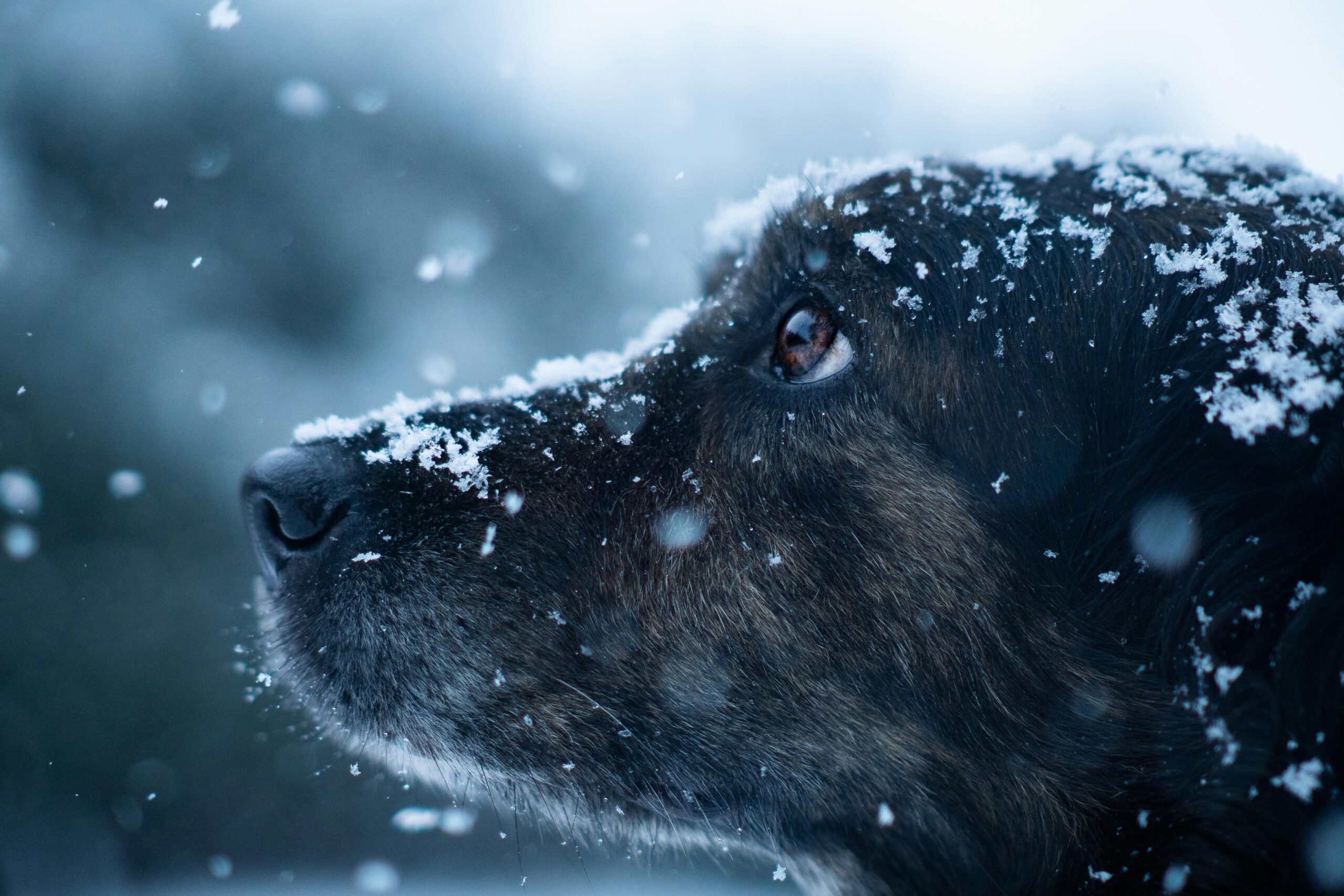
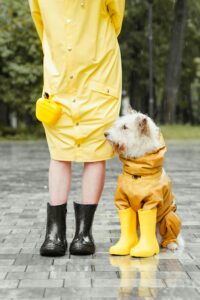
![The Ultimate Guide to Road Tripping with Your Dog [2025 Update]](https://bellabeanupdate.com/wp-content/uploads/2025/05/pexels-photo-1143369-300x209.jpeg)

